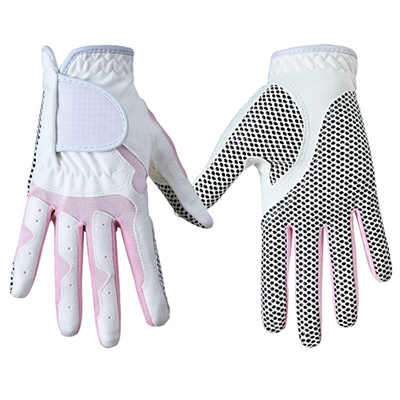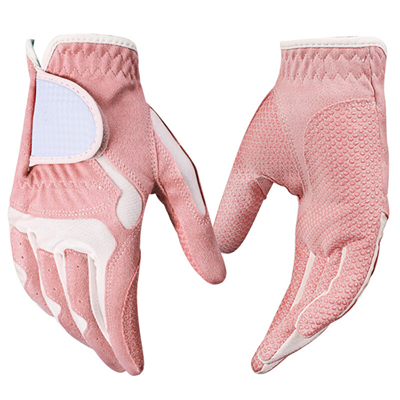When buying a golf glove, it’s essential to make informed decisions to ensure that you get a glove that enhances your game and provides comfort. Here are some common golf glove buying mistakes to avoid:
- Choosing the Wrong Size: Selecting the wrong glove size is one of the most common mistakes. A glove that is too tight can restrict movement and cause discomfort, while one that is too loose can lead to an inconsistent grip on the club. Always try on gloves and refer to the manufacturer’s sizing chart to find the right fit.
- Ignoring Hand Orientation: Golf gloves are designed for either the left hand (for right-handed golfers) or the right hand (for left-handed golfers). Make sure you choose the glove that corresponds to your dominant hand, as it’s the hand that directly contacts the club.
- Neglecting Material Selection: Not all golf gloves are made from the same materials. Leather gloves often provide better feel and durability but may be less suitable for wet conditions. Synthetic gloves can be more affordable and suitable for varying weather conditions. Consider the material that best matches your preferences and playing conditions.
- Ignoring Weather Conditions: Playing golf in different weather conditions requires different gloves. If you frequently play in wet conditions, consider rain-resistant or waterproof gloves. For hot and humid weather, look for gloves with moisture-wicking properties to keep your hands dry.
- Neglecting Grip Technology: Many golf gloves now feature advanced grip technology to enhance control and reduce slippage. Consider your preferences for grip technology and how it may affect your swing. Don’t overlook this important feature.
- Not Trying the Glove On: It’s essential to try on a glove before purchasing it, if possible. This allows you to assess the fit, comfort, and feel of the glove. A glove that feels good in your hand can significantly impact your performance.
- Rushing the Purchase: Take your time when shopping for a golf glove. Rushing the purchase can lead to making a hasty decision that you may regret later. Research different brands and models, read reviews, and try on multiple options to find the best glove for your needs.
- Focusing Solely on Price: While price is a factor to consider, don’t let it be the sole determining factor. A more expensive glove may offer better quality and durability. Consider the value and longevity of the glove, not just the initial cost.
- Not Checking for Wear and Tear: Even the best golf gloves wear out over time, especially with frequent use. Inspect your glove regularly for signs of wear and tear, such as holes, fraying, or stretched areas. Replace it when necessary to maintain performance.
- Not Having a Backup: It’s a good idea to have a backup glove in your golf bag. This ensures that you’re prepared in case your primary glove gets wet, damaged, or uncomfortable during a round.
By avoiding these common mistakes, you can make a more informed decision when purchasing a golf glove and improve your overall comfort and performance on the golf course.


















